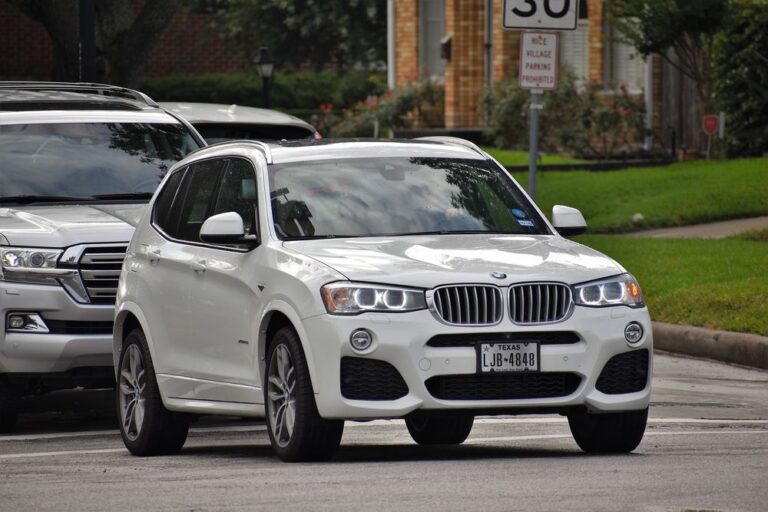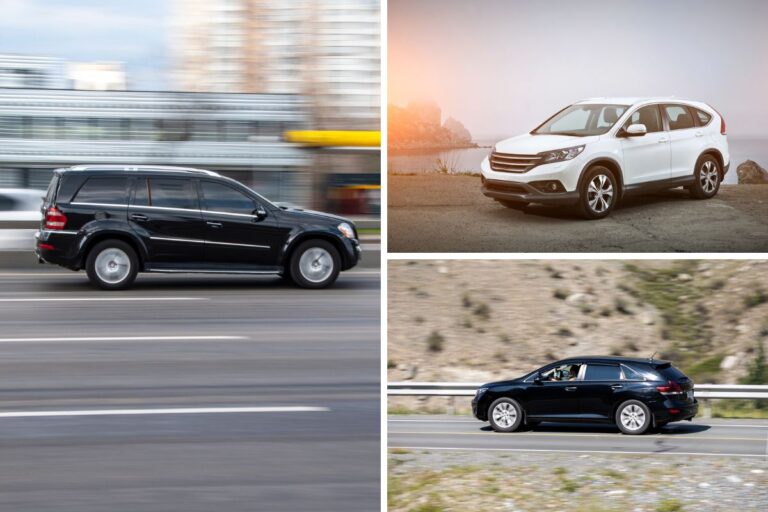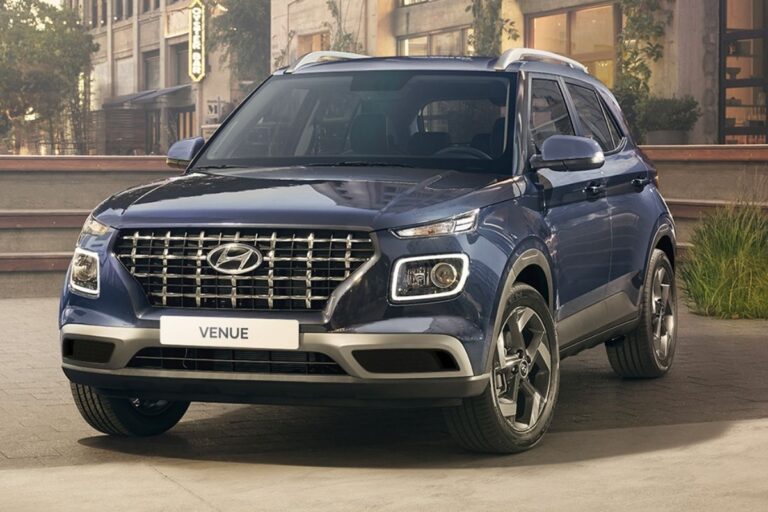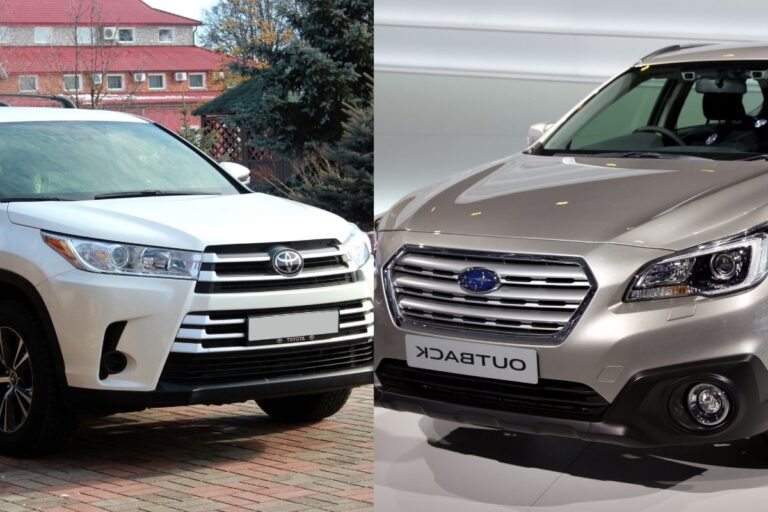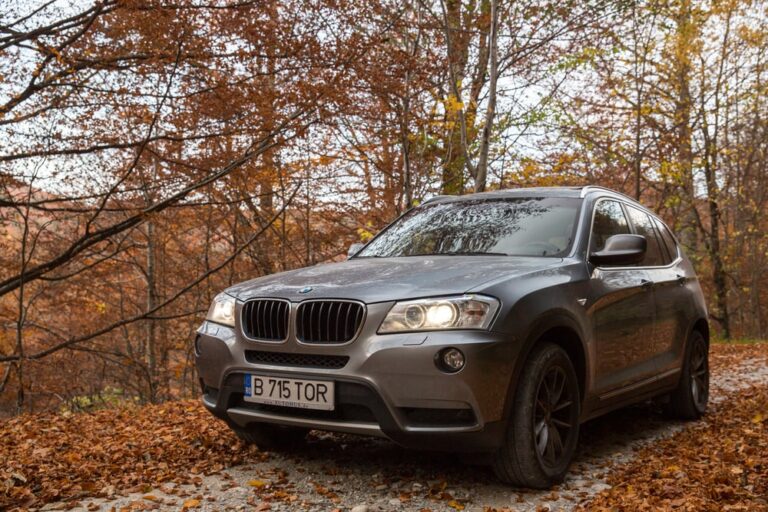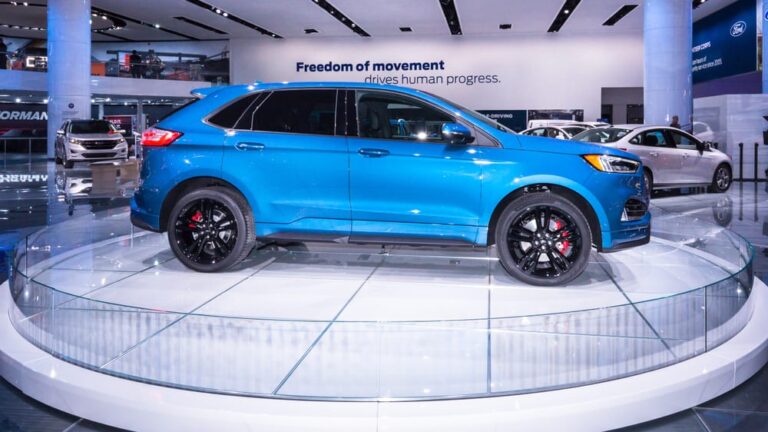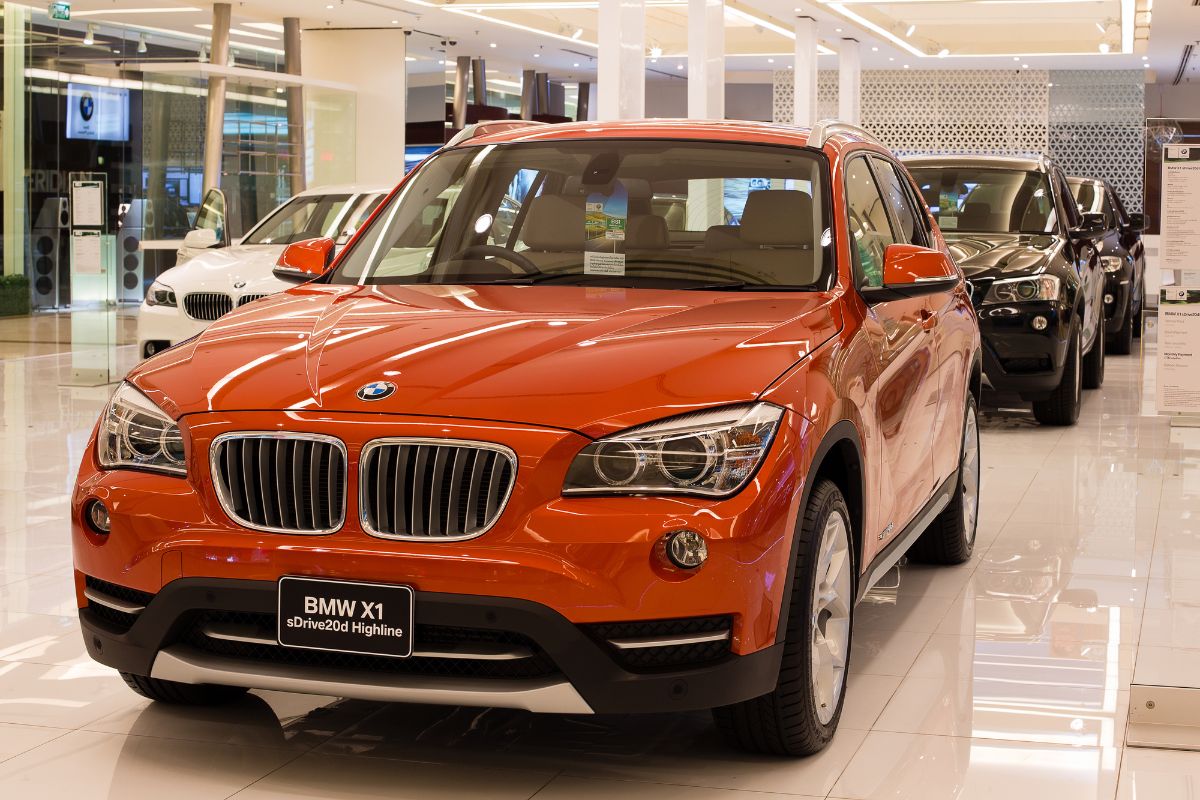
The crossover vehicle (CUV) is the most popular in America and is the “king of the road” for good reasons.
However, there is a good reason the CUV is one of the most heavily promoted vehicles in the vehicle industry, and that is because of high-profit margins.
We might want to read further to understand why CUVs have such high-profit margins to save thousands on our next CUV purchase maybe.
What is a crossover (CUV) vehicle?
A subcompact crossover is a vehicle designed to fit between a subcompact car and a large SUV based on the subcompact car platform instead of a larger SUV truck platform.
Since a CUV shares common parts with other subcompact cars, manufacturing expenses are higher CUV markup with increased profit margins.
Why does a CUV have a higher profit margin?
The expense of developing a new platform (CUV) shared with an existing platform (subcompact car) saves substantial manufacturing costs. In addition, the CUV manufacturer can take similar existing components and charge more for a CUV vehicle.
The majority of the cost for a vehicle is typically components like the engine, transmission, suspension, and drive train.
Developing a larger vehicle (CUV) does not cost that much more than a subcompact sedan but can command a higher markup, and the cost will be more acceptable by the buying public.
For example, a component that may cost $500 on a sedan can be slightly modified for an all-terrain CUV and cost $2,000 or more.
The bottom line is the potential profit margin for a CUV can be 20% to 50% higher than a subcompact car with shared components.
Why is the CUV the most popular vehicle in America?

The most popular vehicle on American highways is the CUV for many good reasons, including:
- Higher profit margins – By sharing components with other cars to keep the manufacturing costs down, manufacturers at the same time can increase the markup.
- Marketing – Higher profits for a CUV means increased marketing efforts with more exposure. The public loves CUVs and, with 20%-50% higher profit margins, manufacturers are happy to feed America’s appetite for CUVs.
- Safety – The CUV’s higher ride height provides greater visibility, and the larger size affords better protection for the occupants, especially for families.
- Functionality – Functionality is one of the primary reasons for the popularity of CUVs. They have a much roomier interior for a family and the ability to expand cargo space when needed.
- Freedom – With a high ride height and all-wheel drive, a CUV can explore new terrain outdoors with the family where an automobile cannot.
What goes into figuring profit margins?
Many factors may go into deciding what a crossover profit margin is. These are some determining factors to determine profit margins for crossover vehicles:
1. Crossover Retail Pricing
The retail price, more commonly called the “sticker price,” is the amount mandated by federal law to be displayed on a new vehicle window.
The vehicle manufacturer recommends this price and how much the car dealer charges the consumer for a new vehicle.
2. Crossover Wholesale Pricing
The bottom line price for an automobile dealership pays for a vehicle. This pricing point for a dealership is the rock bottom price instead of the invoice price, which may be more than the wholesale price.
3. Crossover Manufacturing costs

Many factors go into crossover costs. These factors include materials, labor, promotional materials, administration, and other fees.
a. Labor Costs
- One variable cost that affects the manufacturing cost of a new crossover vehicle is labor. Surprisingly, labor costs are only around 8%-10% of a new car and only a portion of the overhead manufacturing a new car.
- It requires, on average, 30 hours of labor to assemble the body, paint, transmission, and other components for a new vehicle. Labor rates of $55-$70 per hour with benefits amount to around $2,000-$2,500 or 8%-10% of vehicle cost.
b. Material Costs
- Raw materials are typically around 45% of manufacturing a new vehicle. On average, a new car uses about 40% steel, 8% iron, 8% plastic, 7% aluminum, and 3% glass. The remaining 30% is other materials to complete the manufacturing process.
- A recent Bank of America Global Research Report found that raw vehicle manufacturing costs have risen around 87% from 2020 to 2021. The material costs increased from $2200 per vehicle to about $4125 per vehicle in 2021. The same study found the transaction (sale) price of cars had somewhat stalled, placing additional strain on dealership profits.
- An average vehicle is composed of 11% aluminum and 39% steel, with the cost of steel alarmingly rising 106% year over year.
c. Administration Costs
- Typically, the admin fees added to a new vehicle’s manufacturer’s cost are the transportation fees. This typical admin cost would be around $750. In rare instances, a manufacturer may charge an admin fee for adhering to state-legislated laws and costs of parts and repairs while under warranty.
- Dealership fees should be listed on the sticker price of a new vehicle and cover required documentation expenses to comply with state and federal regulations. These regulations include complying with mandated notifications, certifications, consumer rights protection, safety protocols, anti-theft protection, and vehicle history checks.
d. Marketing
- Regional advertising fees for a new vehicle are typically 2% of the cost of a car. When regional ads are run for a new CUV, this is usually paid for by pooled resources of a regional advertising association.
e. Other Costs
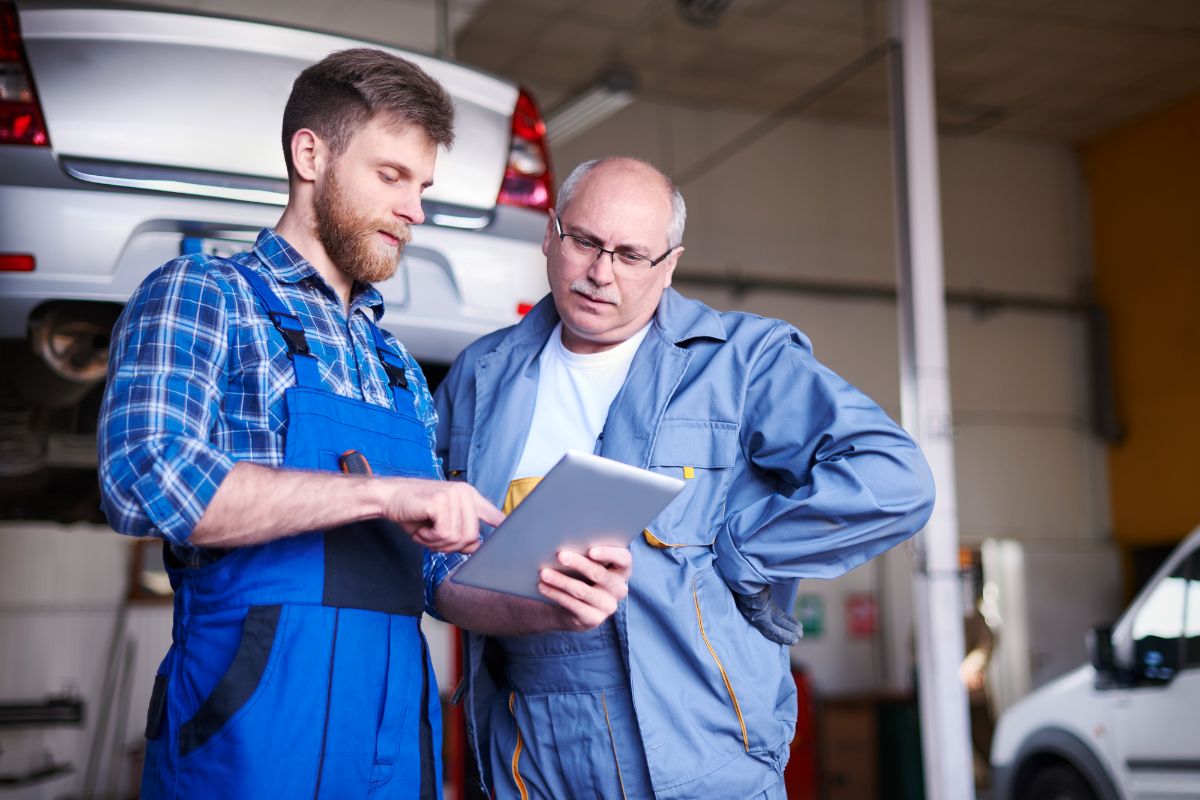
Contributing up to 16% of the cost for a new vehicle includes engineering, research, and maintaining the manufacturing plant for new vehicle platform development.
Wholesale price versus retail price
The wholesale and retail price for a new vehicle can be discovered by comparing the dealer invoice and sticker price but may not reflect the actual dealer cost for a new vehicle.
This discrepancy is due to the actual dealer vehicle cost hidden in a dealer’s invoice, including allowances, rebates, discounts, and other incentives not reflected in the invoice.
As a result, the wholesale and retail cost difference could be between hundreds and thousands of dollars not accurately reflected on the vehicle invoice.
Conclusion
The profit margin for CUVs has many variables when purchasing a new crossover vehicle. An excellent guide to understanding profit margins is understanding the cost between the actual and dealership invoices for new cars.
Remember, the profit margins for a new crossover vehicle are targeted at around 30%-50% and thus very profitable for vehicle manufacturers and dealerships. The high-profit margins may work in your favor when negotiating the best price possible.

